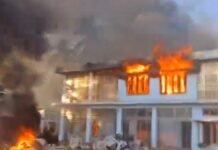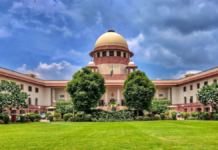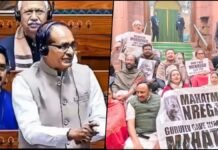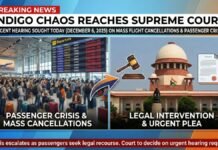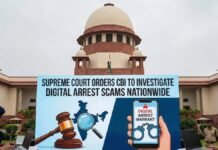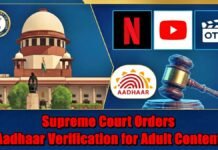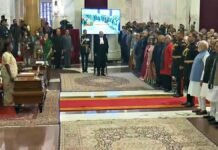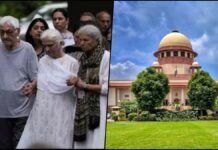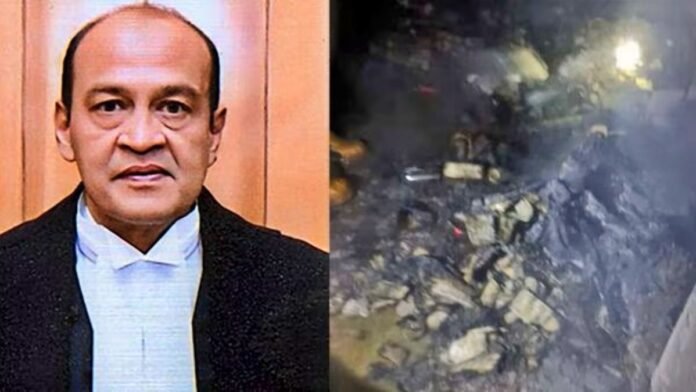
Key Points
- Lok Sabha Speaker Om Birla admits impeachment motion against Allahabad High Court judge Justice Yashwant Varma; 3-member committee constituted under Judges (Inquiry) Act, 1968.
- Panel members: Justice Aravind Kumar (Supreme Court), Justice Maninder Mohan Srivastava (Chief Justice, Madras High Court), and senior jurist BV Acharya.
- Motion signed by 146 Lok Sabha MPs across parties; parallel notice reportedly moved in Rajya Sabha; Speaker says charges are “serious in nature.”
- Supreme Court on August 7 dismissed Justice Varma’s plea against the in-house panel report and the then CJI Sanjiv Khanna’s impeachment recommendation, holding the process had legal sanction.
- Case stems from discovery of burnt and half-burnt currency after a March 14 fire at judge’s Delhi residence; in-house panel said cash was under “tacit or active control,” recommending removal.
New Delhi: Lok Sabha Speaker Om Birla has constituted a three-member inquiry committee to examine the impeachment proposal against Justice Yashwant Varma under Article 124(4), after admitting a notice backed by 146 MPs cutting across party lines. The panel includes Supreme Court Justice Aravind Kumar, Madras High Court Chief Justice Maninder Mohan Srivastava, and senior advocate BV Acharya, and is tasked with submitting its report “as early as possible.” Birla said the allegations are serious and the process should move forward in accordance with the Judges (Inquiry) Act, 1968.
Background: How the Case Unfolded
- The controversy began with a late-night fire on March 14 at Justice Varma’s official residence in Delhi, where firefighters and others reported seeing wads of burnt and half-burnt ₹500 notes in a storeroom.
- A three-judge in-house panel examined witnesses and evidence, concluding that cash was found at the premises and that the storeroom fell within the “tacit or active control” of Justice Varma or family members; it recommended initiating removal proceedings.
- Subsequent discoveries of burnt notes near the residence were also reported publicly, intensifying scrutiny of the incident.
Supreme Court’s Latest Position
On August 7, the Supreme Court dismissed Justice Varma’s plea challenging the in-house procedure and report, as well as the then CJI Sanjiv Khanna’s recommendation to Parliament for impeachment, observing that the process had legal sanction and that his conduct did not inspire confidence to warrant interference.
The Committee’s Mandate and Next Steps
- Composition and powers: As per the Judges (Inquiry) Act, the committee comprises a Supreme Court judge, a High Court Chief Justice, and a distinguished jurist; it can summon evidence, examine witnesses, and submit a report to the Speaker.
- Parliamentary process: After the report, the House where the motion originated will consider it; removal requires a two-thirds majority of those present and voting in both Lok Sabha and Rajya Sabha.
- Timeline: The Speaker indicated an “early” report, with the proposal pending until receipt and consideration of the committee’s findings.
Political and Institutional Landscape
The motion has cross-party backing, with notices in both Houses, reflecting rare convergence on judicial accountability in an unprecedented “cash-at-home” controversy involving a sitting High Court judge transferred from Delhi to Allahabad during the fallout.



